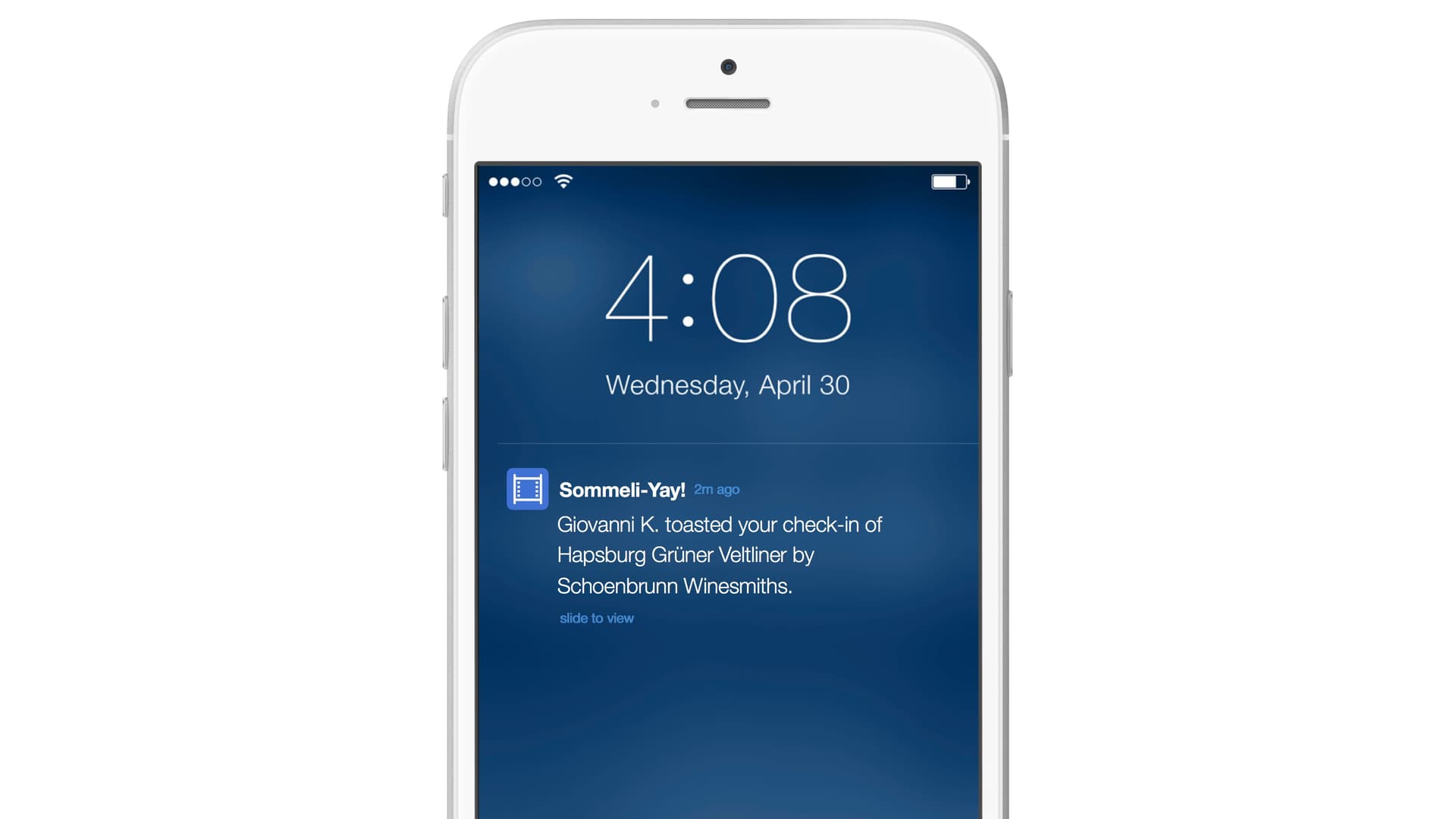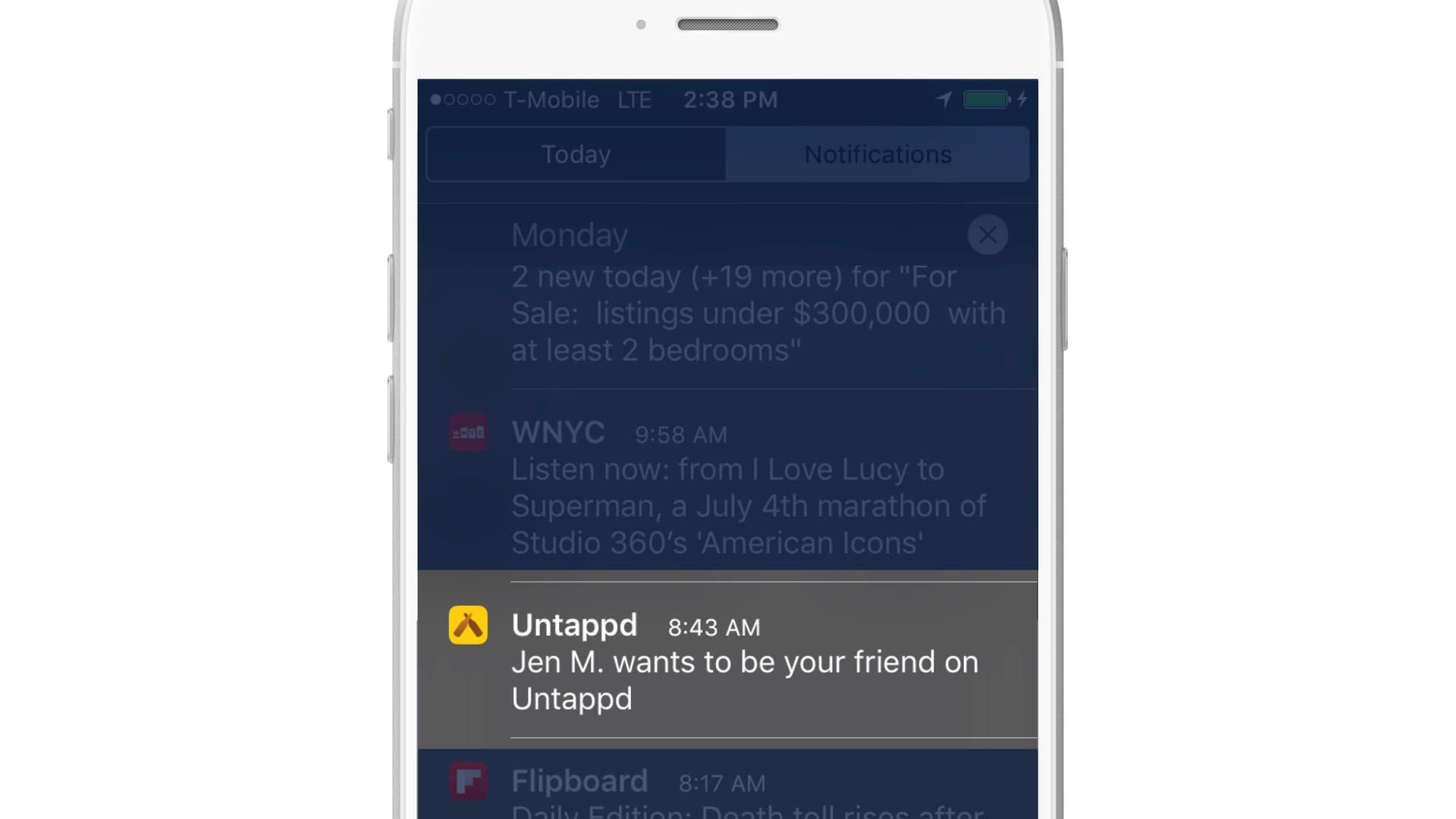Activity Messaging: 6 Key Things for Marketers to Know
Published on July 26, 2016/Last edited on July 26, 2016/6 min read


Todd Grennan
Content Production Principal, Content Marketing at BrazeFor today’s marketer, few things are as important as customer engagement.
As mobile has taken over and the traditional marketing funnel has slowly given way to a more complex, more changeable customer journey, finding ways to hold onto customers has become an essential focus for brands that are looking to succeed in the long haul. Research has shown that customers who engage consistently with a brand are more likely to be retained than customers who engage on an occasional or intermittent basis, and brands who can find ways to encourage that sort of consistent engagement are well-positioned in today’s mobile-centric world.
But getting customers to engage consistently with your brand is easier said than done. Thankfully, there’s a powerful tool that makes it simple to nudge customers to come back to your app or website on a regular basis, and it can be run through your automation platform: activity messaging.
1. What is activity messaging?
Activity messaging is triggered customer outreach that uses messaging channels like push notifications and email to notify users about actions carried out by friends and others who use the same app or website.
2. What does that kind of outreach look like?
Well, imagine that your brand has an app that allows users to check in at wine bars and restaurants, then log and rate the wine they drink. (Call it Sommeli-Yay!)

If you’re using activity messaging as part of your engagement strategy, a user might get a push notification when someone they’re following comments on one of their logged wine reviews, shares a favorite wine bar, or visits a wine bar in their neighborhood.
3. What are the benefits of activity messaging?
For users, activity messaging makes it easier for them to keep up to speed on what their friends and other users are up to on your app or website, providing them with more reasons to engage—and, if the messages are used thoughtfully, a more valuable brand experience. For marketers, taking advantage of activity messages allows them to supplement their promotional and transactional outreach and give customers additional reasons to return to their app or website. Which, in turn, bolsters the odds that those customers are retained.
4. Can every brand make use of activity messaging?
Activity messaging is powered by user actions within your app or website. That means that any brand that provides an app or web experience that includes social elements (such as adding friends, following other users, posting content, sharing articles or songs, and more) can potentially use activity message as part of their larger customer engagement strategy.
However, just because any app or website could potentially include social elements doesn’t necessarily mean that all of them should, or that activity messaging is a good fit for every brand. For instance, maybe your app or website is focused on something (like talk therapy or digestive health or Nickelback fandom) that’s intrinsically sensitive or personal. But for brands that already have apps or web sites that include social features—or intend to add that kind of functionality in the future—activity messaging can be a central part of your customer engagement strategy.
5. What channels should you use in your activity messaging?
While the channels you use will depend somewhat on your audience and their preferences—after all, some channels require customers to opt in, meaning that you may or may not be able to use them to reach some members of your audience—the odds are good that push notifications will be at the center of your activity messaging strategy, with a strategic assist from email.

An activity messaging push notification from Untappd
Why? Because one the major purposes of activity messaging is to bring users to your app or website by letting them know about activity by the people they friend and follow. In-app messages are a good way to keep customers posted about that sort of activity once they’re already active on your brand’s digital presence, but only push notifications and email have the ability reach customers beyond your app or website.
Both mobile app push and web push notifications are particularly good at grabbing users’ attention, making them a powerful asset to your activity messaging. But overusing them can lead to major consequences for marketers—78% of customers will opt out of push notifications or uninstall an app if they receive messages they’re unhappy with. To avoid becoming dependent on push in your activity messaging, consider using a multichannel messaging approach that leverages email to highlight less urgent user activity.
Imagine that your brand has an a career-focused app that includes social networking elements—let’s call it Employr. While you could send users a push notification every time one of their connections carries out a public action, that risks a messaging glut that could drive away part of your audience. Instead, you could take advantage of a multichannel approach to send users a push when someone directly engages with their resume or profile, but lets them know about less pressing actions (like when a connection gets a new job) via a weekly email digest.
6. Is it possible to overdo activity messaging?
Well, yeah. As discussed above, overloading customers with push notifications and other messages is a recipe for annoyance and disengagement, so setting up activity messaging without a way to control the amount of messages sent isn’t just ineffective—it’s counterproductive.
Want to keep from over-messaging customers while rolling out your activity messaging strategy?
First, consider using frequency capping to limit the number of messages that customers can receive, both in individual channels and as a whole. By setting these kinds of message limits, you’ll be allowing your brand to see the benefits of activity messaging while without inundating your users with outreach.
Second, think seriously about creating a messaging preference center if your brand doesn’t already have one. By allowing customers to opt in and out of specific types of activity messaging, you’re allowing them to self-personalize what kind of notifications they receive, increasing the odds that they engage when you send them a message.
Anything else?
While activity messaging is a simple, powerful way to nudge customers into more consistent engagement, it’s benefits can go beyond higher engagement and retention rates. By nurturing customers’ engagement with your brand, you’re taking serious steps to build a durable customer/brand relationship with your audience members, supporting the long-term health and success of your marketing and your brand.
Interested in learning more?
- For insight into how SoundCloud uses activity messaging to turn user actions into deeper audience engagement, see our piece on the company’s strategy for customer retention.
- Want a more comprehensive look at the full spectrum of triggered customer messaging options? Check out our guide to triggered messaging.
Related Tags
Be Absolutely Engaging.™
Sign up for regular updates from Braze.
Related Content
View the Blog
The new inbox reality: How iOS changes are reshaping email marketing

Aparna Prasad

Experience optimization: Turning data insights into better journeys

Team Braze

December 2025 Bonfire Marketer of the Month: Jagex’s Emma Oliver
